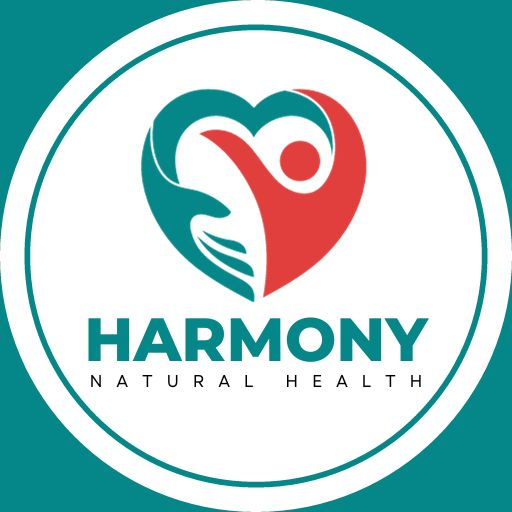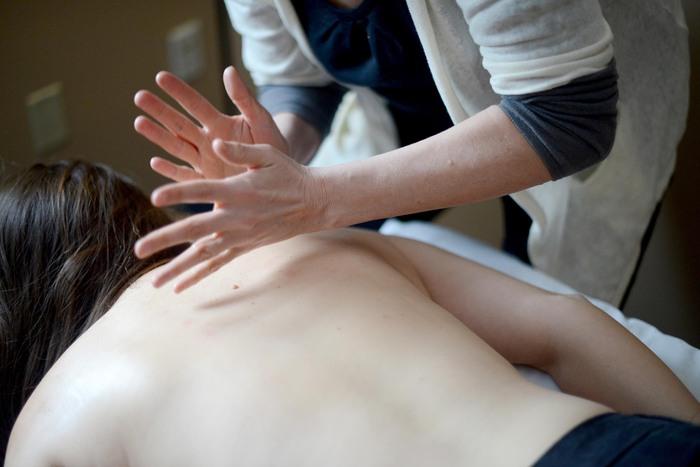Chinese Tui Na massage
Chinese Massage (Tui-Na) is an oriental bodywork therapy that has been used in China for 2000 years, closely related to acupuncture in its use of the meridian system, and is considered to be effective for a similar range of health problems. As a part of Traditional Chinese Medicine treatment, Tui-Na uses the Chinese medical theory of the flow of Qi through the meridians as its basic therapeutic orientation. Through the application of massage and manipulation techniques, Tui-Na seeks to establish a more harmonious flow of qi through the systems of channels and collaterals, allowing the body to naturally heal itself.
Like acupuncture, Chinese Massage is primarily focused on the Jing Luo (a meridian or channel), a network of energy pathways that link and balance the various organs. Its function is to transport Qi and blood, to regulate yin and yang, to protect against external pathogens and to link the internal organs with the exterior), and on Xue (acupoints) where qi gathers, can be easily manipulated or redirected. They are connected to different body organs through the meridians. When the jing luo are blocked, qi and blood cannot circulate, causing the person to experience physical pain that is intimately connected with all health problems.
Chinese Massage (Tui-Na), differs from other forms of massage in that it treats specific illnesses of an internal nature as well as musculoskeletal aliments. Its specific techniques are combined to treat the presenting complaint and underlying pattern. Depending on the type of massage, clients may be lightly clothed or partially uncovered. Tui-Na methods include the use of hand techniques (tui: pushing, na: holding, an: pressing, mo: rubbing) to massage soft tissue (muscles and tendons). Acupressure techniques (yi zhi chan tui: one finger meditation) and (gun: rolling) directly affect the flow of qi and blood. Manipulation techniques to realign the musculoskeletal and ligamentous relationships (bone-setting). Extra herbal poultices, compresses, liniments and salves plus magnets are also used to enhance the therapy.
In general, Chinese massage emphasizes movement and communication. The basic purpose of massage is to restore free movement to the patient’s qi and blood, dredging the channels as well as to promote relaxation in the Jin ( it refers to the function of all soft and connective tissue in relation to movement and flexibility) to ease spasm, increase flexibility and straighten the joints. Chinese massage is, therefore, a powerful treatment for pain relief and confidently treats a range of common musculo-skeletal and health disorders, as well as soothe and harmonise the emotions.
Chinese massage is not intended to be relaxing. It is a form of deep tissue therapy that conveys the following benefits:
· stimulating blood circulation and regulating the nervous system
· increasing flexibility in the joints and improving posture
· speeding the healing of injuries and clearing bruises
· improving sports performance
· removing scar tissue
· easing emotional distress
· curing some conditions affecting the internal organs
· relieving chronic pain
· maintaining wellness and functioning as a form of preventive care
· strengthening the body’s resistance to disease
 Harmony Massage Earl’s Court
Harmony Massage Earl’s Court

